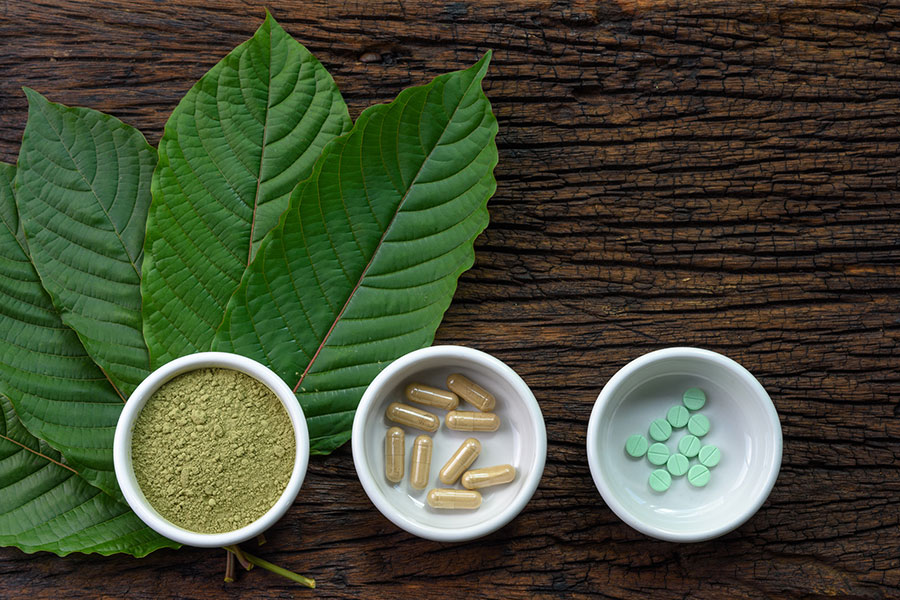Source: Thailand Medical News Jul 15, 2019 6 years, 4 months, 3 days, 22 hours, 56 minutes ago
Kratom (Mitragyna speciose) a mild opioid plant that grows in Southeast Asia and historically was used by labourers either by chewing the leaves or making it into a tea concoction to soothe aches, pain and boost energy levels, is now a major cause of concern in America. While Kratom usage is now illegal and banned in many Asian countries where it is native including Thailand, Malaysia, Indonesia etc, it is not illegal in the United States and is easily available online.

It has been extremely popular in the US the last 8 years with sales skyrocketing. It is most commonly available in the form of a green powdered supplement which manufacturers market as safe. The reality of which is the opposite. Kratom is a stimulant and has sedative effects at high doses. But was is worrying is the growing number of incidences of negative effects associated with it usage.
Individuals with chronic pain and mood disorders are self-medicating with kratom while many more are using it as a recreational drug. The active ingredient in kratom, mitragynine, acts on opioid receptors. Individuals with opioid addiction are also switching to it as its cheaper and more easily available and even better than alternatives like buprenorphine.
A recent study by State University Of New York at Binghamton revealed a worrying trend.
The researchers analyzed data from between 2011 and 2018. In total, they identified 2,312 reports that mentioned kratom exposure.
In the whole of 2011, there were 18 exposures, but, in just the first 7 months of 2018, there were 357 exposures. More than half of the events (56.5%) involved taking kratom as a powder, capsule, or tablet, with 86.2% of users taking kratom orally.
The most common adverse events were:
- tachycardia: 18.9%
- agitation: 18.6%
- drowsiness: 13.6%
- vomiting: 11.2%
- confusion: 8.1%
- seizure: 6.9%
- withdrawal: 6.1%
- hallucinations: 4.8%
- respiratory depression: 2.8%
- coma: 2.3%
- cardiac or respiratory arrest: 0.9%
Additionally, they identified four cases of neonatal abstinence syndrome, in which an infant experiences withdrawal from a drug due to exposure during gestation. In four cases, the reports listed kratom as either a contributing factor or a cause of death.
Although kratom is less potent than other opioids, it can still have significant negative effects on the body.In larger doses, it can cause slowed breathing and sedation, meaning that patients can develop the same toxicity they would if using another opioid product. It is also reported to cause seizures and liver toxicity.
From the results of the study, there is a need for more regulatory measures about the sale and easy availability of Kratom coupled with the need for more study to learn how to harvests its beneficial effects while curtailing its adverse reactions. It should not be sold as a supplement but rather be under proper pharmaceutical regulatory controls.
